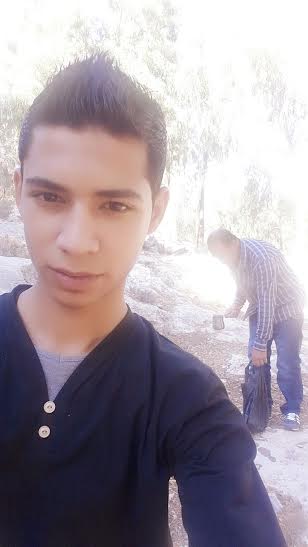Category: In the Media
-
Gaza – a bloody Friday
9th October 2015 | International Solidarity Movement, Gaza team | Gaza, occupied Palestine UPDATE – 8pm: 8 martyrs and close to 100 persons injured at today’s demonstration in Shijaia ******* UPDATE – as of 6 pm today: From Osama al Jaro, Public Relations head at Al-Shifa hospital in Gaza: 6 dead, 60 injured, 11 injured…
-
Palestinian and International civilians to resist revenge home demolition
8th October 2015 | International Solidarity Movement, Al-Khalil team | West Bank, occupied Palestine Wednesday 7 October ’15 Surda Ramallah Palestinian civilians joined by International solidarity activists will gather tonight, Wednesday 7, October ’15, at the home of the bereaved family of Muhannad Halabi, which is threatened by demolition in retaliation for the fatal stabbing…
-
More Palestinians injured as Israeli forces violently attack mourners at a funeral in Bethlehem
6th October 2015 | International Solidarity Movement, Al-Khalil team | Bethlehem, occupied Palestine The funeral of the 13-year old Abed al-Rahman Obeidallah, who was shot and killed by Israeli forces on his way home from school yesterday, took place today in Betlehem with over a thousand attendees. They marched from the Beit Jala hospital to Abeds house…



